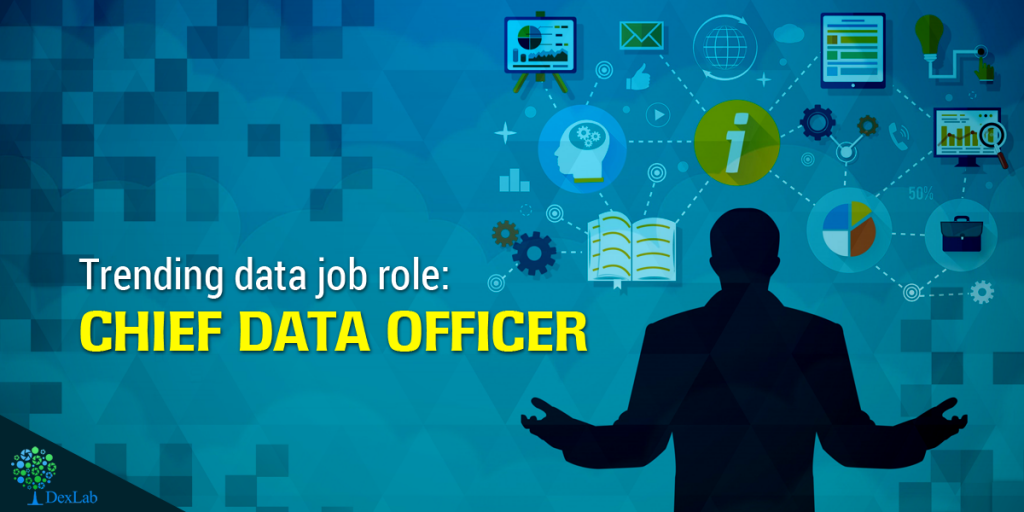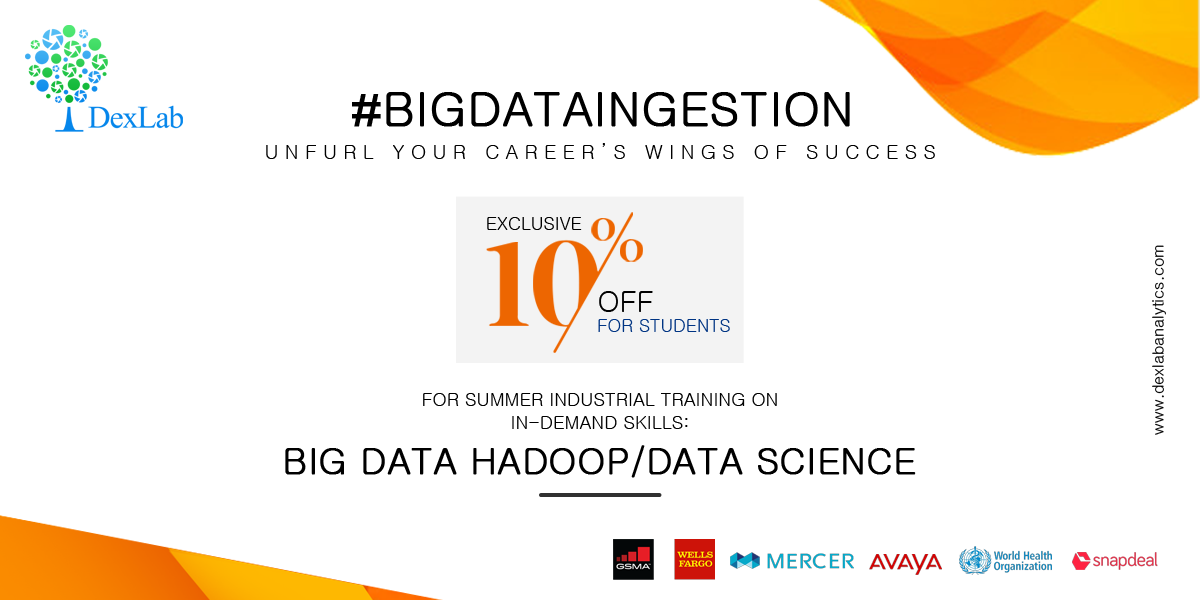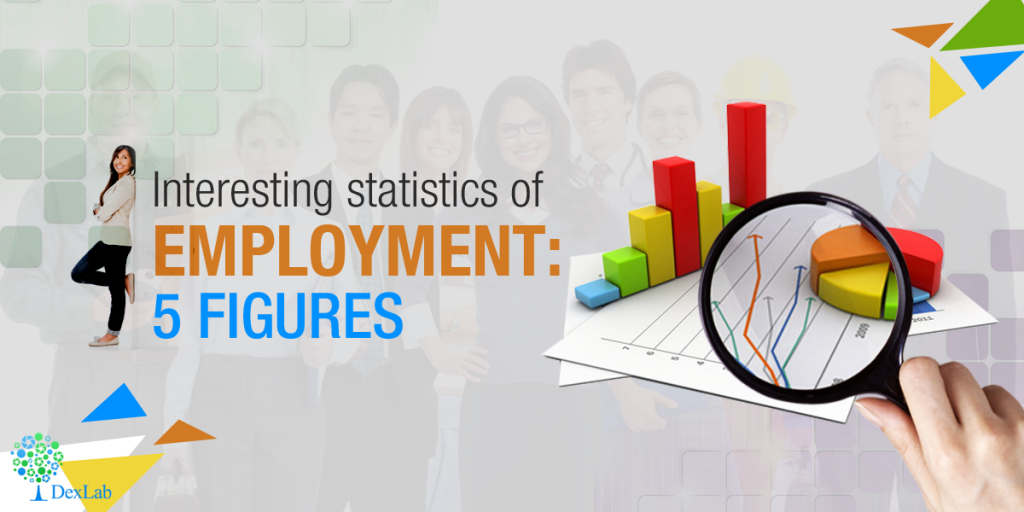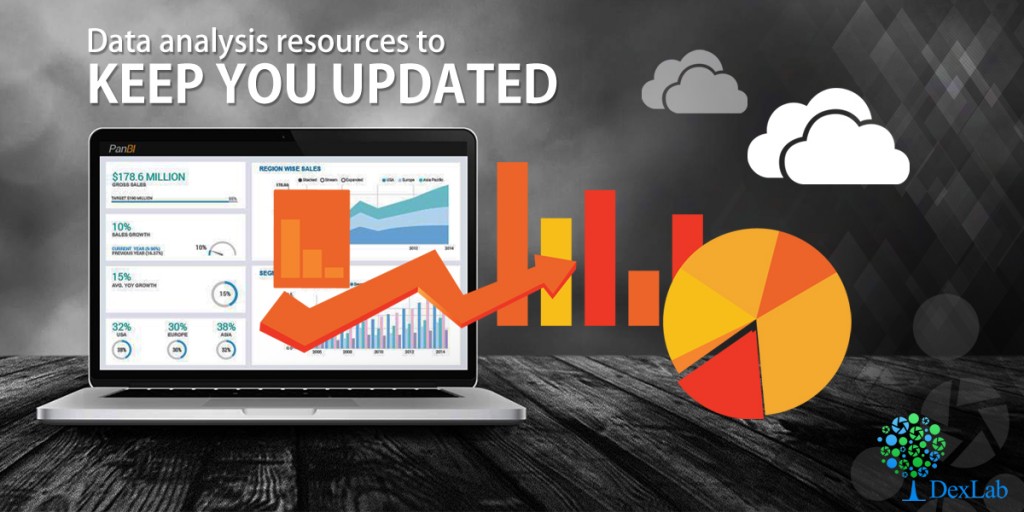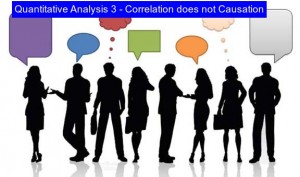Microsoft has acquired VoloMetrix to boost organizational analytics capabilities. This acquisition will combine VoloMetrix experience, technology and track record of success with Office 365 and Microsoft’s previously announced Delve Organizational Analytics. With this acquisition, Microsoft is aiming to fulfil its ambition to reinvent productivity and business process and how it will deliver new value to its customers with organizational analytics.
Organizational analytics helps businesses to measure performance metrics such as productivity, effectiveness and efficiency. This would lead to improve the profitability of the organization.

Unquestionably, the most important asset any company has is its people. Every day, it is people that make the decisions that effectively determine every company outcome. Historically there has been no data-driven way to connect employee behavior to business outcomes. Today, with the advent of powerful big data and predictive tools, a new field is emerging to solve this problem: people analytics. VoloMetrix is the leading people analytics company, using big data to optimize businesses’ performance by simplifying organizational structure, boosting employee engagement and increasing sales team effectiveness. Working with Fortune 100 companies worldwide, VoloMetrix’s patented technology extracts and analyzes anonymous aggregated collaboration data to reveal unprecedented insights into how employee behaviors drive business outcomes.
Ryan Fuller, Co-Founder and CEO at VoloMetrix said in his blog, He had started VoloMetrix 4.5 years ago with the belief that people are every company’s most valuable asset and the mission to transform knowledge worker productivity through data, transparency and feedback loops. His goals were to fundamentally change companies understanding of how their people drive their outcomes and empower every employee to take back their time and have the very best tools to be successful. He had opportunity to work with dozens of global 2000 companies to prove out the science of Organizational Analytics and apply it to help organization.
VoloMetrix has an excellent capability and the applications of the software for the organizations to deliver the productivity improvement metrics.
It has three high level solutions for the organizations:
1. Sales Productivity
2. Organizational Simplification
3. Employee Engagement
Each solution has various sub dimension capabilities to solve the problems related to organizational analytics. They are Margin Optimization, Coordination, Predictive Analytics, Time Budgeting, Process delivery, Cost reduction, Workforce planning, Org network analysis, Collaboration. These capabilities address the area where the organization can leverage to improve the productivity.
Who needs what?
Sales Productivity – Sales Leadership, Sales Operations, CMOs and CFOs.
Organizational Simplification – CIOs, COOs, Corporate Strategy Teams and Consultants
Employee Engagement – Corporate Strategy, HR, CEOs, COOs and Strategy Consultants.
This acquisition can certainly help Microsoft to provide the best possible integration of VoloMetrix into Office 365.





